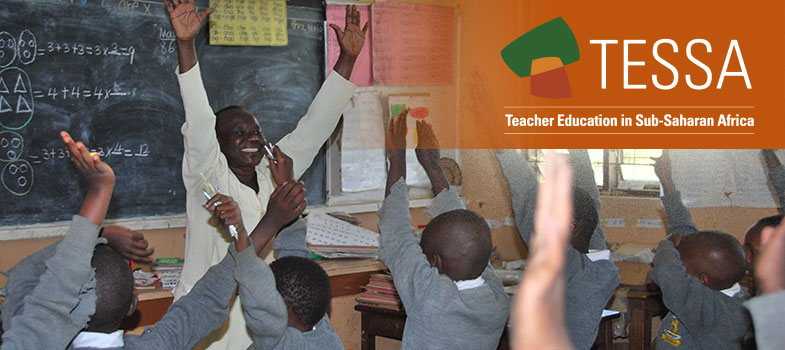Resource 4: Observing your pupils
![]() Background information / subject knowledge for teacher
Background information / subject knowledge for teacher
Observing or watching your pupils at work in the classroom or playing in the playground is a very good way to build up a picture of them as people. It tells you who they mix with and whether any pupils are isolated. Such information can help you plan activities that better match their needs.
Do they talk more in groups? If so, by using group work more, you may help them think more and therefore learn more. You can observe at two levels by looking at:
- the social groups in your class and how they do or do not interact. What kinds of conflicts are there, if any? How can you use this knowledge to plan group work?
- individuals and their social skills, interests etc. (Finding out and acknowledging what pupils are interested in outside and inside school can be a very powerful way of motivating them to learn.)
Some aspects you could look out for as you watch your pupils are in the table below. But remember to keep an open mind and readjust your picture as you get to know your pupils better.

Below is an example of how to record pupil observation. A version of this was used in the Literacy Development Across the Curriculum programme in Nigeria.
Tick the appropriate column in terms of the pupil you are observing.
0 = not at all; 1=poor; 2 = fair; 3= good
Not at all (0) | Poor (1) | Fair (2) | Good (3) | |
|---|---|---|---|---|
| (a) Pupil participates actively in the lesson | ||||
| (b) Pupil produces something creative | ||||
| (c) Pupil works in groups or pairs | ||||
| (d) Pupil shares ideas/information | ||||
| (e) Pupil shows evidence of understanding lesson | ||||
| (f) Pupil is not afraid to ask questions | ||||
| (g) Pupil shows respect for the ideas of members of the class. |
Adapted from: World Bank, Website
Resource 3: How to conduct a class survey



